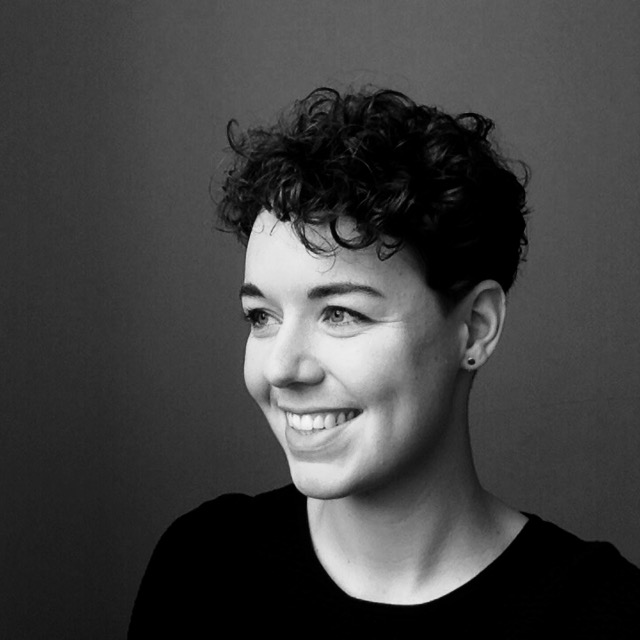The Urban Cabin, a concept by the initiative MINI LIVING, presents possible ways of how people could live in a minimal floor area of 15 square metres. The aim of MINI LIVING is to translate one of the company’s key principles, the creative use of space, into solutions for dwelling, working and interaction in cities. The initiative seeks to answer challenges in this field with a small footprint in mind – an approach that combines MINI’s design knowledge, experience and fun.
Specifically, the central question of MINI LIVING and the Urban Cabin project is how creative use of space can allow for individuality and life quality, and at the same time create a collective feeling. A special focus of the Urban Cabins is the local identity and culture of the specific venue. Each cabin is a micro apartment that is split into three parts. One half contains the bedroom, while the other side houses a small kitchen and bathroom. These two parts are designed by the Mini Living Design Team. At each venue a local architecture firm is asked to design the third part at the centre that is defined as an ‘experience space’, so that the tiny home reflects upon its respective environment.

In its version for New York in October 2017 Bureau V reflected on the current political climate in the US and created a shell with yellow spikes on the outside and a cocoon-like space with padded upholstery inside. For the London Urban Cabin Sam Jacob designed a kitchen with a table that could be extended within and outside the cabin. He also attached a tiny library to one side of the cabin, a reaction to the closure of many public libraries throughout London in recent years.
In June 2018 architecture firm FreelandBuck cooperated with MINI LIVING on the Los Angeles Urban Cabin by covering the experience space with printed trompe-l’oeil graphics. Because of the city’s warm climate and tradition of outdoor living they also incorporating panels that swung open. This allowed the bed to be rolled outside so the occupant could sleep under the stars.

The concept is now meeting Beijing where MINI LIVING invited local architect Sun Dayong to collaborate on the small footprint housing project. According to 2017 figures, Beijing has a population of 18,777 million citizens. Sun Dayong says that as these numbers grow constantly, the accommodation problems need to be tackled, since there are more residents in increasingly limited urban spaces.

Illustration by Sun Dayong for the design of the Urban Cabin Beijing
‘The rapid urbanisation and growing population means many traditional urban views and features are vanishing, such as Beijing’s hutong,’ he explains. Hutongs are alleys formed by lines of ‘siheyuan’, traditional courtyard residences. Joining one siheyuan to another to form a hutong, and then joining one hutong to another, created many neighborhoods in Old Beijing. Hutongs represent an important cultural element of Beijing and thanks to the capital’s long history and status almost every hutong has its anecdotes, some associated with historic events. In contrast to the court life and elite culture represented by the Forbidden City, Summer Palace, and the Temple of Heaven, the hutongs reflect the culture of normal citizens. These spaces are combinations of spaces for private retreat and collaborative living spaces – and very much appreciated by citizens for this. For the Urban Cabin Sun Dayong and the MINI LIVING design team created a homage to these hutongs.

The Urban Cabin Beijing combines private and public spaces through the use of windows and mirrors
They aim to initiate a dialogue about collaborative living in Chinese cities. Therefore the experience space of the Beijing Urban Cabin is designed for encounters and dwelling. Above and around this space golden mirrors are installed. They show the direct environment, like the trees that are surrounding the cabin, but also the bigger urban context by reflecting them onto the surfaces within the space. In the middle of it a big swing offers its users the possibility for a change of perspective. The shapes of the seats and other furniture that are placed around the cabin call to mind the traditional Chinese dissection puzzle Tangram and are an additional reference to encounters and collective dwelling at the intersection of public and private spaces.
The different interpretations of the Urban Cabin concept show the diversity of creative possibilities that micro-flats offer despite their limited size. MINI LIVING is going to use the individual designs that have been developed so far as a base for its first co-living project in China, which will be introduced in Shanghai in 2019. In collaboration with NOVA Property Investment Co., the initiative will re-design a vacant industrial complex into a multi-layered structure of apartments and working spaces combined with cultural and recreational facilities.
*This post is part of DAMNº's ongoing partnership with MINI Living





